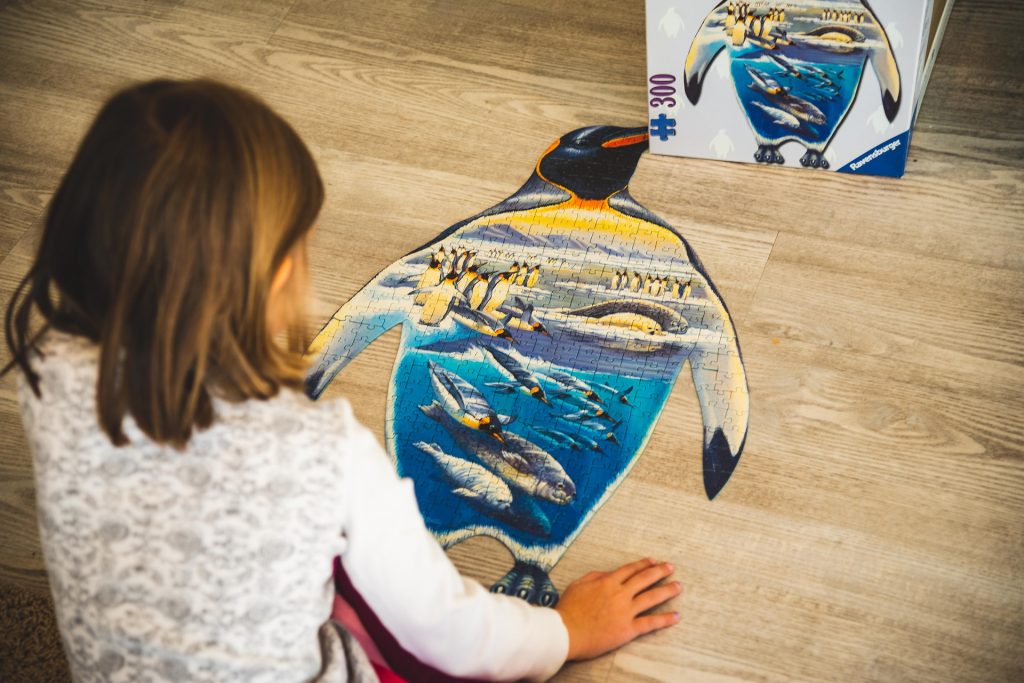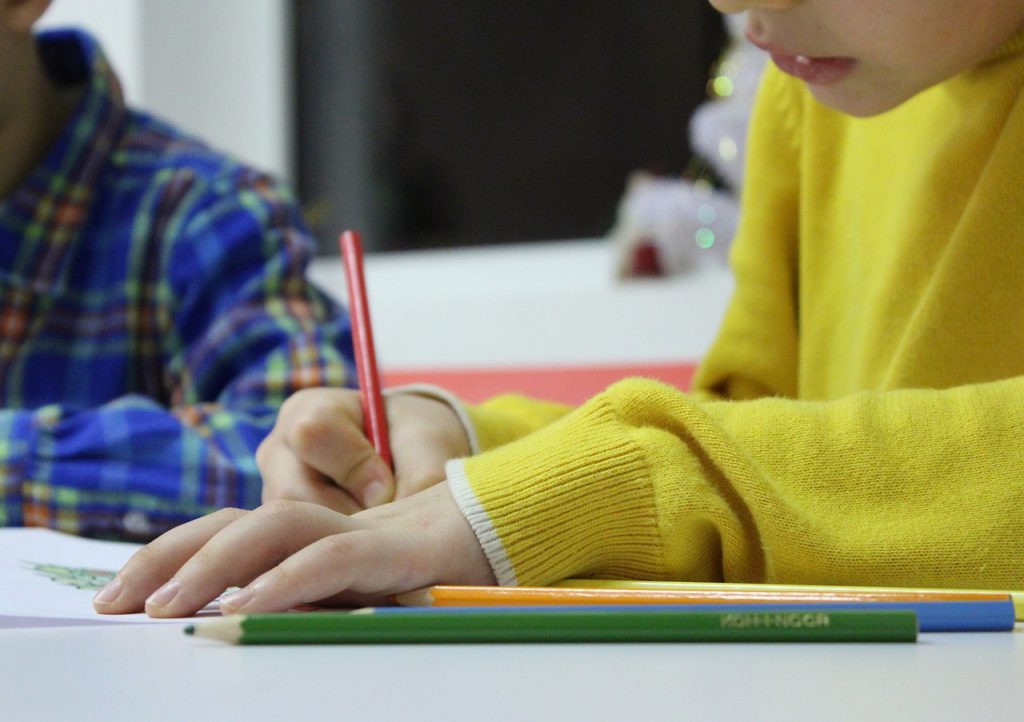What Is Dyslexia
Dyslexia: It is a special learning disorder that causes a person to have problems in reading, writing and language skills despite being at a normal or high intelligence level.
Dyslexia, which is generally observed as a reading disorder, also affects attention and memory. In this article, we will talk about what dyslexia is one of the specific learning disorders, what are its symptoms, treatment methods and expert advice.
WHAT TO DO FOR DYSLEXIA?
Children with dyslexia may lag behind their peers at the learning level because they have difficulties in reading and writing. Also, comprehension disorder, the conflict between skills and excessive inattention are symptoms of dyslexia – learning difficulties. We explained these symptoms in more detail in the video above.
Now let’s examine how children with dyslexia should be supported:
HOW TO HELP A CHILD WITH DYSLEXIA PROBLEM?
Children with dyslexia may lose their self-esteem if they fail in school lessons. Depending on this, other psychological problems may begin. There is also the possibility – unfortunately – that they cannot learn to read and become a mockery of their peers. On the other hand, because children with dyslexia are very thoughtful, it is only a matter of time before they become negatively affected by the environment and become pessimistic.
Parents or educators can blame the child with reading impairment when they are not conscious of dyslexia. Words like “You can do it if you want, your mind always works for bad things, you don’t care, you are naughty” can cause permanent damage to the child. Therefore, everyone who has a responsibility on the child should have a command of what dyslexia means… And also how to eliminate reading difficulties, how to support a dyslexic child, what to do for dyslexia and so on.
1- Be patient: If your child or student has reading difficulties, be patient and do not decrease your interest. Ask him to read the texts aloud. While reading aloud, both the child and you can see where mistakes have been made and correct them. Reading aloud is a good exercise for dyslexia.
2 – Motivate: Children with learning difficulties must be congratulated to prevent damage to their self-esteem. Congratulate every success and express your pride in it. This behaviour stimulates the child’s willingness to succeed.
3-Support with games: Let him improve himself with the materials he likes. Children with dyslexia are closely interested in games. Correctly selected games are like dyslexia exercises.
4 – Do not compare with others: This is not just for children with dyslexia; applies to all children. Do not compare your child with others and remember that children with learning difficulties may be much more sensitive about this.
5 – Cooperate with the school administration and the teacher: It is not enough just for you to be careful. Discuss the situation with the school staff and share your knowledge of how to treat the dyslexic child.

6 – Focus on Special Abilities: Children with reading impairment or learning disabilities generally have special interests in which they are very good. Explore them and go over them. Your child’s success will motivate them and increase their self-esteem.
7 – Motivation, follow-up and appreciation: Give your child a variety of tasks. Tell him you trust and follow through on these little tasks. Motivate him by congratulating him for the work he has done. The games that perform reports when the tasks are finished are motivating. These games congratulate the player on the progressively increasing score, level passed and tasks completed. This whole process is planned to ensure the development of the child with strong motivation.
8 – Remove distracting items: Children with reading disorders and learning difficulties can have a very short attention span. Make sure your child does not have distracting items on the classroom table. His room is not messy either; always keep it organized.
9 – Make learning fun: We talked about games just before, but try to gamify things like school homework, lessons, and reading books as much as possible. For example, you can doodle something while your child is studying. You can say “Let’s do our homework together”, and you can take turns performing activities such as reading.
10 – Show that your love is not proportional to success: Remember that children with learning disabilities may be withdrawn, because of some of the negativities we mentioned above. Love is tremendous power and show your love for it at every opportunity. No need to worry about the things he isn’t able to do. Make him feel that your love. It is not about doing a job, coming from your heart.



